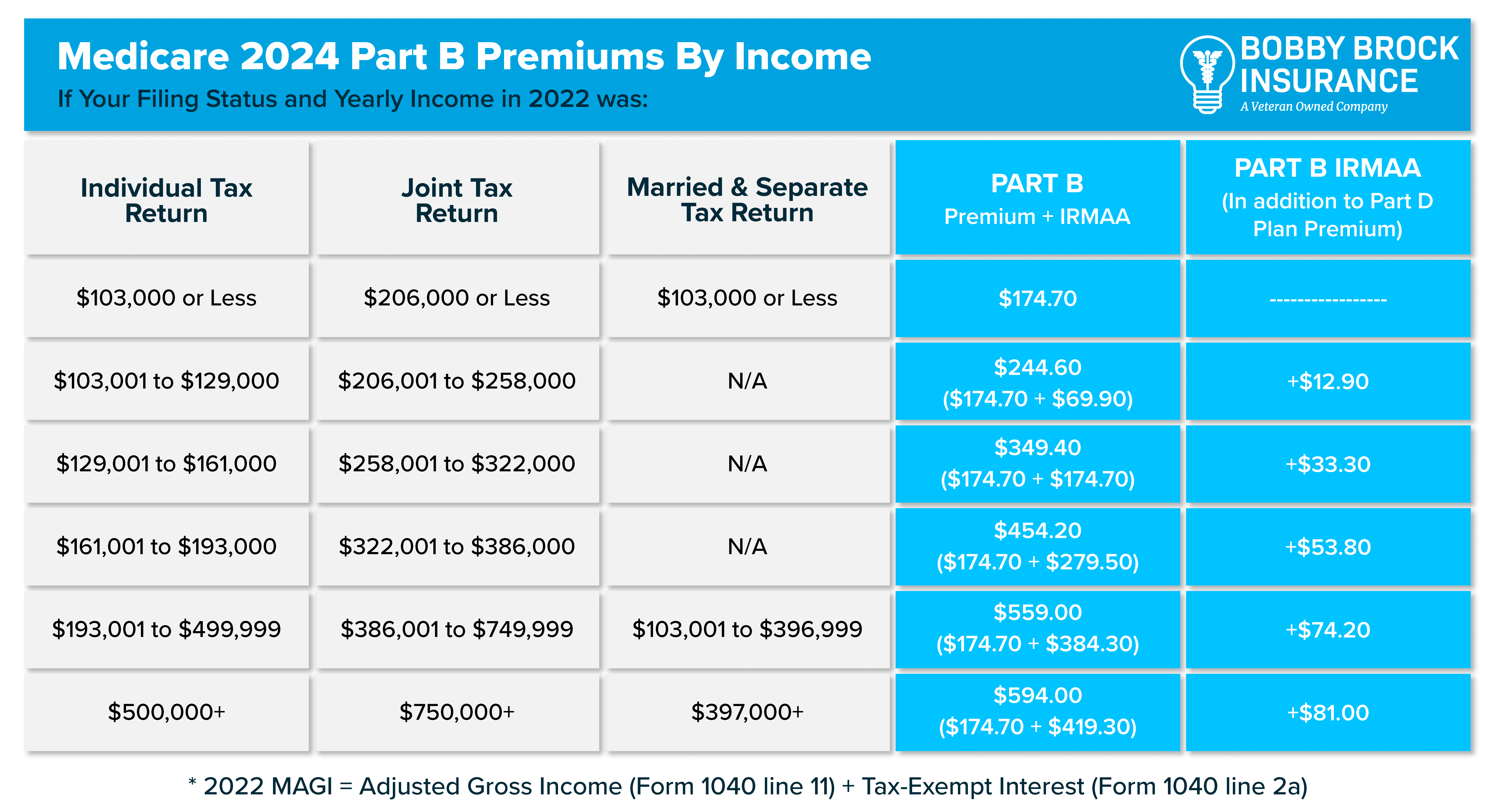Part D Prescription Drug Plans
You can sign up for Part D Prescription Drug Plans, which helps cover prescription drug costs, along with other components of Medicare starting three months before your 65th birthday.
It's important to do this on time because there's a permanent premium surcharge for enrolling more than three months after your 65th birthday if you don't have equivalent drug coverage from another source, such as a retiree plan.
Let us help you with your enrollment
If you are already enrolled in a Part D "standalone" plan or a Medicare Advantage plan that incorporates drug coverage, you can switch plans during the open-enrollment period, which runs from Oct. 15 to Dec. 7 every year.
Making Part D work
In 2024, you are facing higher out-of-pocket drug costs before you can qualify for catastrophic coverage. The out-of-pocket spending threshold will increase by $600, from $7,400 to $8,000 in 2024.
You will also face higher out-of-pocket costs in 2024 for the deductible and in the initial coverage phase before reaching the catastrophic coverage. The standard deductible is increasing from $505 in 2023 to no more then $545 in 2024, while the initial coverage limit is increasing from 4,660 in 2023 to $5,030 in 2024.
For costs in the coverage gap phase, beneficiaries will pay 25% for both brand-name and generic drugs. Manufacturers provide a 70% discount on brands and plans pay the remaining 5% of costs for brand name drugs. Plans pay the remaining 75% of generic drug costs.
Medicare Part D late enrollment penalty
The Medicare Part D late enrollment penalty is an additional cost on top of your monthly Medicare Part D premium. This extra charge is based on the current year’s average national Medicare Part D premium.
The Medicare Part D penalty is 1% of the average premium for every month you went without creditable drug coverage when first eligible for Medicare. The penalty is in place to encourage beneficiaries to enroll in a Medicare Part D plan if they lack creditable coverage, meaning drug coverage at least as good as a Medicare Part D plan.
When you first become eligible for Medicare, you receive an Initial Enrollment Period to sign up for Original Medicare. Once you have Original Medicare, you are eligible for Medicare Part D.
Getting financial help
Individuals with 2023 annual incomes of less than $21,870 and financial resources of up to $16,600, or married couples with incomes of less than r $29,580 and financial resources of up to $33,240, might qualify for Extra Help from Medicare to pay their Part D premiums and out-of-pocket drug costs.
Apply Online for Extra Help Click Here
You can also call Social Security at 1-800-772-1213 (TTY 1-800-325-0778) to apply over the phone.
Part D costs for higher income individuals
If your modified adjusted gross income as reported on your IRS tax return from 2 years ago (the most recent tax return information provided to Social Security by the IRS) is above a certain limit, you may pay a Part D income-related monthly adjustment amount (Part D-IRMAA) in addition to your monthly plan premium. This extra amount is paid directly to Medicare, not to your plan
How is the income-related monthly adjustment amount or IRMAA affected if my income goes down?
You can ask the Social Security Administration to reconsider your income-related monthly adjustment amount or IRMAA.
As noted by the Social Security Administration:
If your income has gone down due to any of the following situations and the change makes a difference in the income level considered by the Social Security Administration, contact the Social Security Administration and explain that you have new information and may need a new decision about your income-related monthly adjustment amount based on the following:
- You married, divorced, or became widowed;
- You or your spouse stopped working or reduced your work hours;
- You or your spouse lost income-producing property due to a disaster or other event beyond your control;
- You or your spouse experienced a scheduled cessation, termination, or reorganization of an employer’s pension plan; or
- You or your spouse received a settlement from an employer or former employer because of the employer’s closure, bankruptcy, or reorganization.
If any of the above applies to you, the Social Security Administration needs to see documentation verifying the event and the reduction in your income. The documentation you provide should relate to the event and may include a death certificate, a letter from your employer about your retirement, or something similar. If you filed a Federal income tax return for the year in question, you need to show the Social Security Administration your signed copy of the return.
For 2024, your additional premium based on income is as follows:
2024 Medicare Part B Premiums & IRMAA

2024 Medicare Part D Premiums & IRMAA

By contacting the phone number on this website you will be directed to a licensed agent.
We are here to help you.